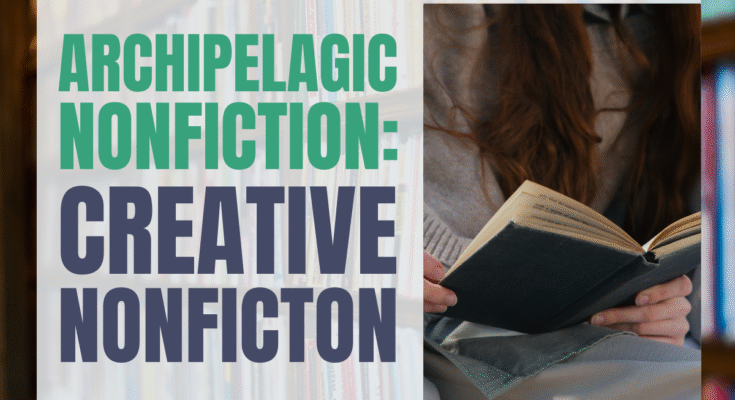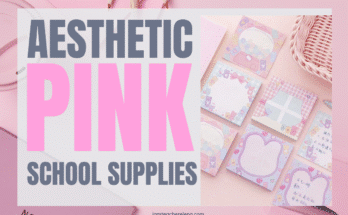What is creative nonfiction? Does the term even make sense? How do you write it, and what should it sound like?
What is Creative Nonfiction?
Creative Nonfiction defines the genre simply, succinctly, and accurately as “true stories WELL told.” And that, in essence, is what creative nonfiction is all about.
One of the most popular genres of literature in the Philippines has always been the essay, also known as creative fiction.
The essay is often defined as an account of historical, personal, and academic events.
In some ways, creative nonfiction is like jazz—it’s a rich mix of flavors, ideas, and techniques, some of which are newly invented and others as old as writing itself. Creative nonfiction can be an essay, a journal article, a research paper, or a memoir; it can be personal or not, or it can be all of these.
The words “creative” and “nonfiction” describe the form. The word “creative” refers to the use of literary craft, the techniques fiction writers, playwrights, and poets employ to present nonfiction—factually accurate prose about real people and events—in a compelling, vivid, dramatic manner.
The goal is to make nonfiction stories read like fiction so that your readers are as enthralled by fact as they are by fantasy.
The word “creative” has been criticized in this context because some people have maintained that being creative means that you pretend or exaggerate, or make up facts and embellish details. This is completely incorrect. It is possible to be honest and straightforward and brilliant and creative at the same time.
“Creative” doesn’t mean inventing what didn’t happen, reporting and describing what wasn’t there. It doesn’t mean that the writer has a license to lie. The cardinal rule is clear—and cannot be violated. This is the pledge the writer makes to the reader—the maxim we live by, the anchor of creative nonfiction: “You can’t make this stuff up!”
The Building Blocks of Creative Nonfiction
Scenes and stories are the building blocks of creative nonfiction, the foundation and anchoring elements of what we do.
The idea of scenes as building blocks is an easy concept to understand, but it’s not easy to put into practice. The stories or scenes not only have to be factual and true (You can’t make them up!), they have to make a point or communicate information, as I have said, and they have to fit into the overall structure of the essay or chapter or book. It is often a daunting task. But it’s essential.
Writing in scenes represents the difference between showing and telling.
The lazy, uninspired writer will tell the reader about a subject, place, or personality, but the creative nonfiction writer will show that subject, place, or personality vividly, memorably—and in action. In scenes.
Types of Creative Nonfiction
1. Informal Essay
An informal essay is an essay on any topic available and is written in the author’s own unique style.
Example: Lundagin mo Baby! (Go for It!) by Gilda Cordero – Fernando
When was the last time you wrote in your diary or maybe posted something on your blog? Whenever it was, that was probably the last time you wrote an informal essay, also known as a familiar or personal essay, which is a generally brief work of prose nonfiction with little or no defined structure and written as one’s individual reflections.
Although you might’ve written more informal essays in your life than anything else, you’re likely more familiar with the concept of a formal essay. These come in the form of magazine or journal articles, scholarly papers, or even economic or environmental reports. They all have well-defined structures and are typically written for very specific reasons. Although there are just as many, if not more, types of informal essays, as their name would suggest, they’re almost the complete opposite. Keep reading to find out more about the differences between these two kinds of essays.
Format of an Informal Essay
To say that an informal essay has any real, definite ‘format’ would be a bit of a stretch; however, there are some features and characteristics that are fairly standard among most examples of the genre:
Structure
Do you remember the highly standardized ‘5-paragraph essay’ format you first learned, maybe in middle or high school? With its introduction, body, and concluding paragraphs, this format is the epitome of a formal essay.
On the other hand, informal essays don’t really have any definite structure. There’s no restriction on length – though they do tend to be shorter – there’s no set way for authors to arrange their thoughts, and many of these essays might not even contain a clear thesis or statement of the author’s main idea or purpose for writing.
Tone
When we’re taught to write formally, there are a few things we’re told not to do, particularly in regard to how we address our audience. You can pretty much ignore those rules when writing a personal essay. These works often feature the use of first-person (‘I,’ ‘we’) and second-person (‘you’) pronouns, contractions, such as ‘we’re,’ and colloquialisms, or words and phrases used in common everyday speech.
All in all, informal essays have a very conversational tone, much like the way this lesson is being communicated. Reading an informal essay is more like listening to a friend talk than hearing a teacher lecture.
Audience/Purpose
Like the writers of formal essays, authors of informal essays know their audiences well and the best ways to reach them. Formal essay writers use rhetorical devices and the strength of their logical connections to grab people’s attention and direct it to whatever goal they have in mind, such as information and persuasion. When writing informal essays, the audience might just be ourselves, so there may be no definite purpose for our writing beyond emotional release.
However, this doesn’t mean that there’s never any real reason for an informal essay. Authors of such works might use the stories they tell or the ideas they talk about to influence their readers, just as formal essayists would. The only difference is these familiar essay writers most often rely on some personal connection to an already attentive, or ‘captive,’ audience to influence them, rather than use rhetorical tricks of the trade.
2. Modern Essay
The modern essay of Filipino has become more experimental – it would usually take on an informal form.
Some are brave enough to tackle sensitive issues, and some are bold enough to call out and criticize Filipino culture.
This taps on readers for interpretation.
Example: The Baby in the Backpack by Patricia Evangelista
Summary
Creative Nonfiction
– “True stories WELL told”
– The lazy, uninspired writer will tell the reader about a subject, place, or personality, but the creative nonfiction writer will show that subject, place, or personality vividly, memorably—and in action. In scenes.
Informal Essay
– free writing; no restriction; no required structure, tone, and audience
Formal Essay
– standardized structure
Modern Essay
– can be informal or formal in form; tackles sensitive issues and mostly centers on criticism; experimental
Free resource:
Here’s a free PowerPoint presentation you can use in class. Click this icon to download.
If you’re looking for more resources about literature, then make sure to browse my website.



